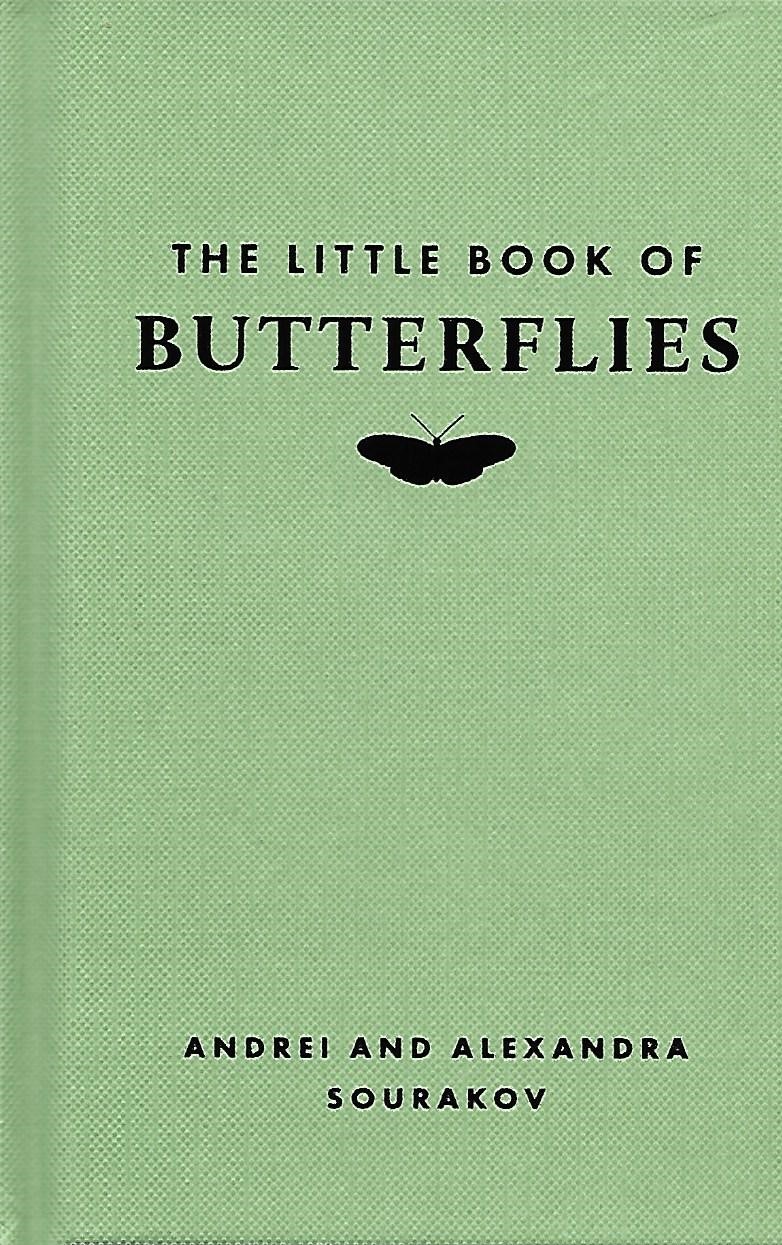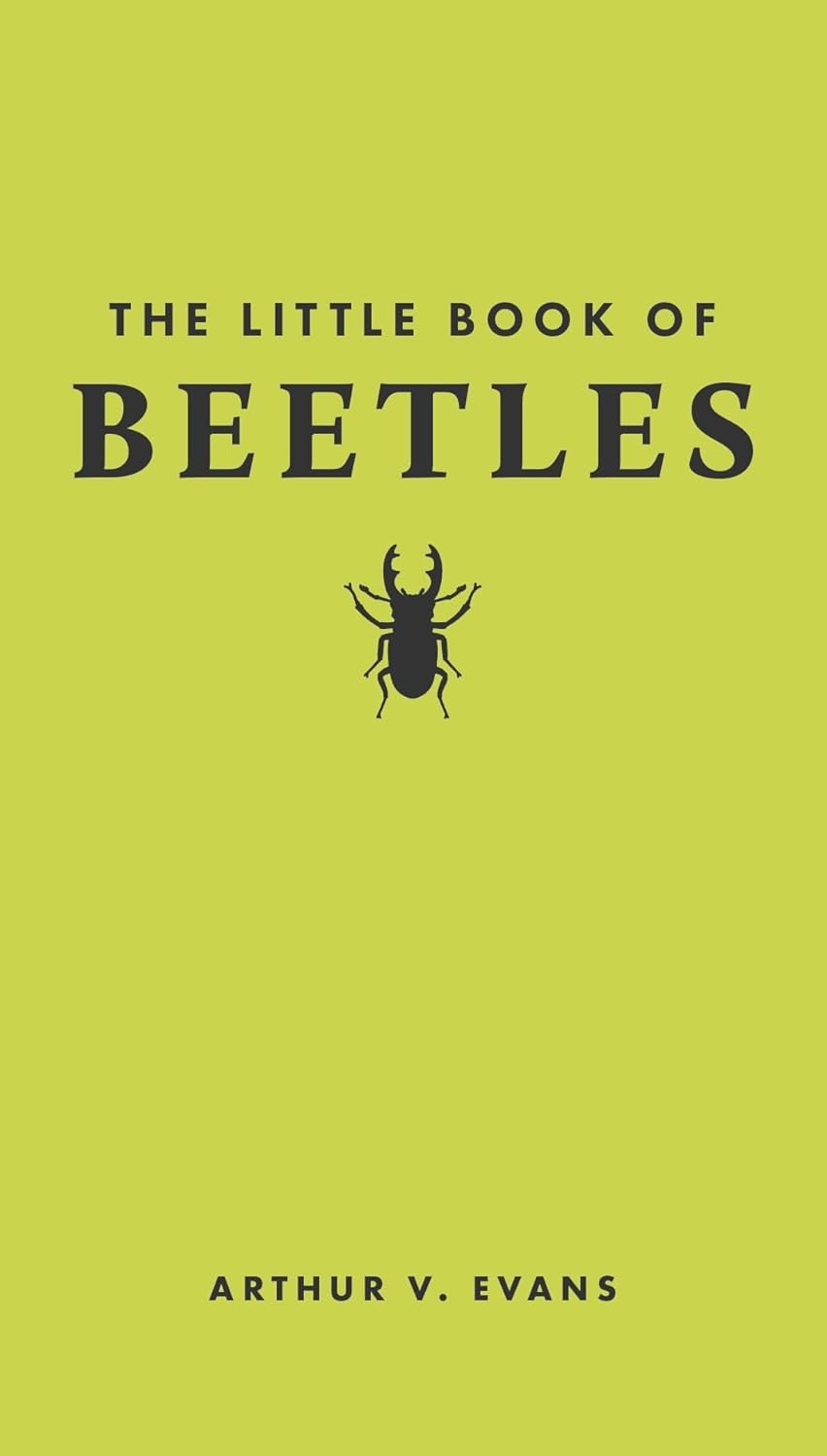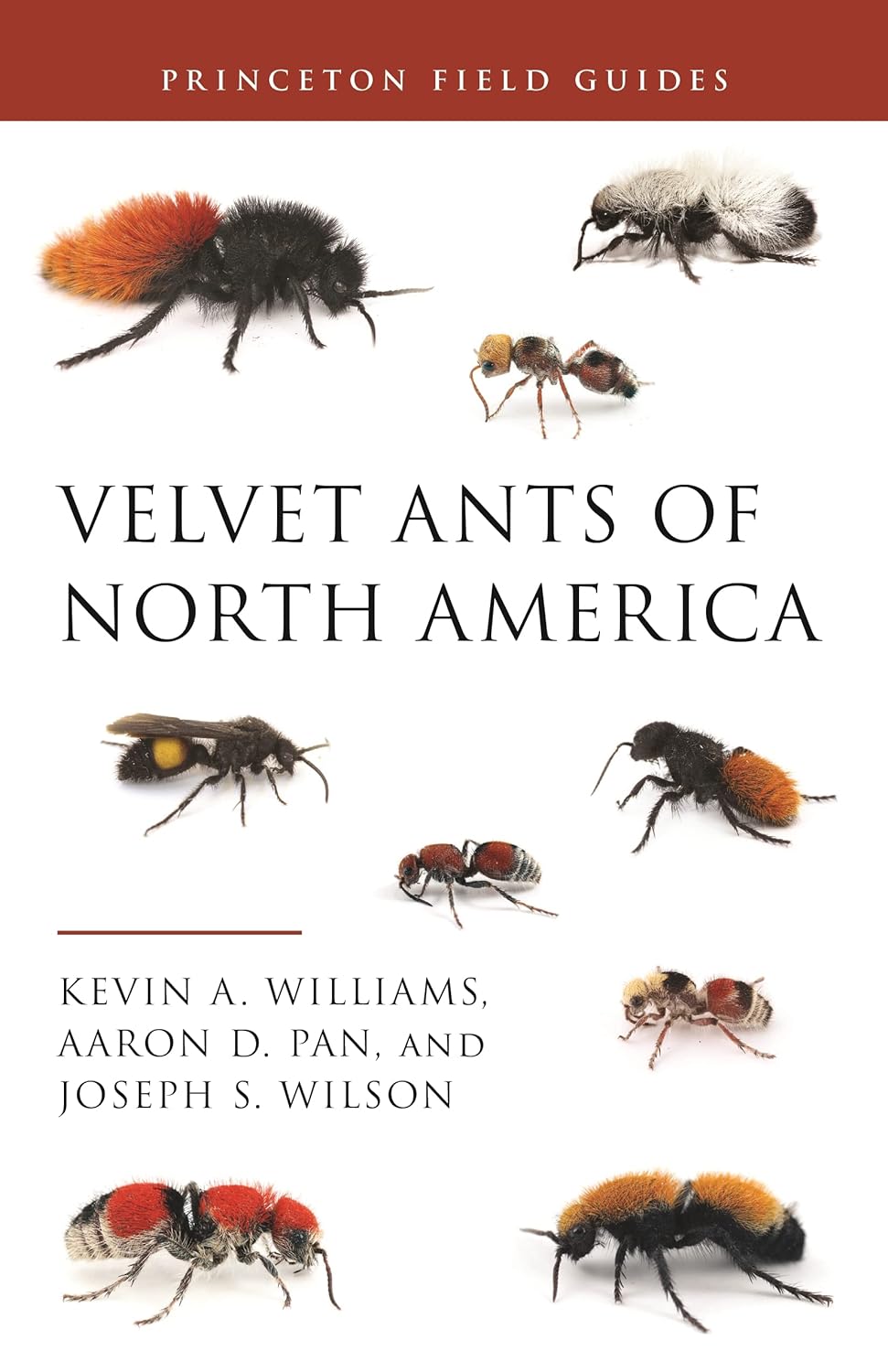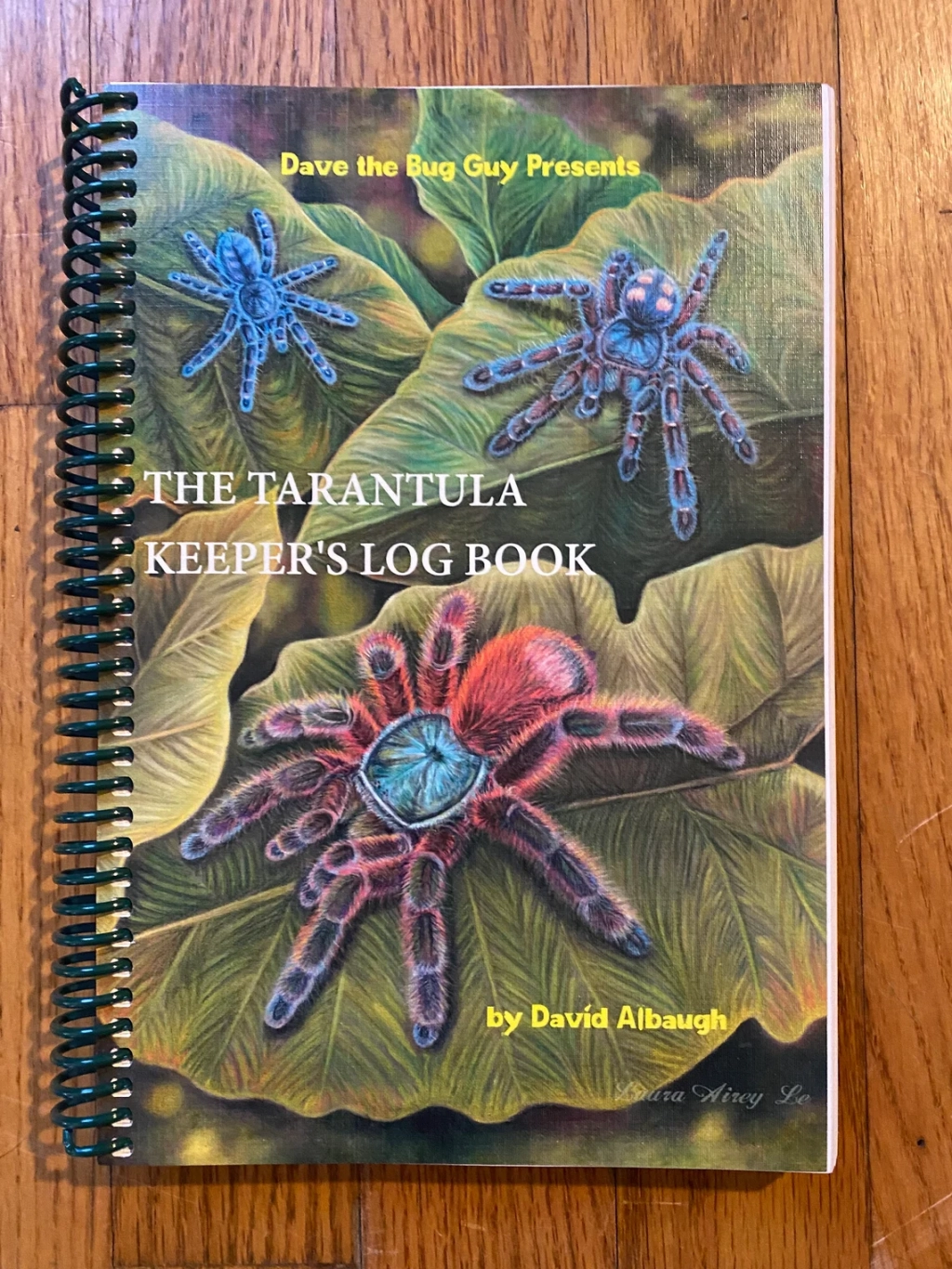Cocoons and pupae I was able to obtain prior to this study were Actias luna, Hyalophora cecropia, Antheraea polyphemus, Samia cynthia and Citheronia regalis. On the last two species, I did not have high hopes of drawing in males attracted to hatched gravid females, but thought that perhaps, living so close to Connecticut, that I may be pleasantly surprised.
As has been typical in recent years, springs in Rhode Island have been unpredictable with weather changing daily. For a good part of the spring here the daytime temperatures were between 65 and 80 degrees Fahrenheit. But then during the nights it would get down sometimes in the high 30s, low 40s. In fact, as I am writing this on May 29, 2021, the daytime temperature is 45! Since I had received these cocoons from sources outside of Rhode Island, they were coming from one type of weather location, going into another.
I did have a steady stream of luna, cecropia, cynthia and regalis hatch, oftentimes females. Unfortunately the nighttime temperatures were just too cold. Scenting brought in no males and for quite awhile, very little was drawn to my moth lights. As is often the case, I had no males and females of the same species hatch out at the same time, preventing breeding in house.
Things started to change the week of May 17, 2021. Moths started showing up at the moth light, most notably Actias luna and Dryocampa rubicunda. Then, on May 22, I had three female Luna moths hatch. The weather was warm, with nighttime temperatures in the low 70s. At around 11:30 PM the first males started to arrive. It got to a point that there were so many that we could just catch them by hand! In fact for every one we caught, two more came in. At around 2 AM the male onslaught started to slow down and we ended up going to bed.
There was no doubt in my mind that lunas and rubicundas would be plentiful based on past years. This shows very healthy populations of both species. Like I mentioned in the last entry, I also know that cecropia, polyphemus and promethea can be found here. I still have plenty of cocoons of both so hopefully the timing of hatched females will coincide with the wild populations.










Leave a comment